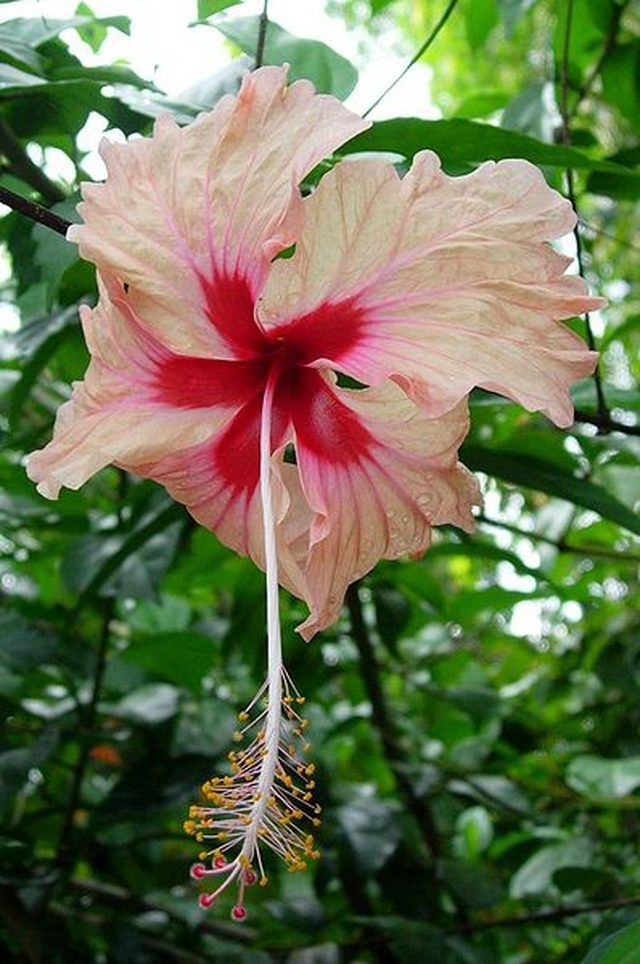Bulbs
Flower Basics
Flower Beds & Specialty Gardens
Flower Garden
Garden Furniture
Garden Gnomes
Garden Seeds
Garden Sheds
Garden Statues
Garden Tools & Supplies
Gardening Basics
Green & Organic
Groundcovers & Vines
Growing Annuals
Growing Basil
Growing Beans
Growing Berries
Growing Blueberries
Growing Cactus
Growing Corn
Growing Cotton
Growing Edibles
Growing Flowers
Growing Garlic
Growing Grapes
Growing Grass
Growing Herbs
Growing Jasmine
Growing Mint
Growing Mushrooms
Orchids
Growing Peanuts
Growing Perennials
Growing Plants
Growing Rosemary
Growing Roses
Growing Strawberries
Growing Sunflowers
Growing Thyme
Growing Tomatoes
Growing Tulips
Growing Vegetables
Herb Basics
Herb Garden
Indoor Growing
Landscaping Basics
Landscaping Patios
Landscaping Plants
Landscaping Shrubs
Landscaping Trees
Landscaping Walks & Pathways
Lawn Basics
Lawn Maintenance
Lawn Mowers
Lawn Ornaments
Lawn Planting
Lawn Tools
Outdoor Growing
Overall Landscape Planning
Pests, Weeds & Problems
Plant Basics
Rock Garden
Rose Garden
Shrubs
Soil
Specialty Gardens
Trees
Vegetable Garden
Yard Maintenance
Types of Caribbean Flowers
Types of Caribbean Flowers. The Caribbean islands offer a wide array of colorful and fragrant flowers. Some of the more popular species grown in this tropical region are the hibiscus and the allamanda. One of the most unique Caribbean flowers is the red hot cattail, with long flowers shaped like tails.

The Caribbean islands offer a wide array of colorful and fragrant flowers. Some of the more popular species grown in this tropical region are the hibiscus and the allamanda. One of the most unique Caribbean flowers is the red hot cattail, with long flowers shaped like tails.
Hibiscus and Allamanda
Hibiscuses are plants known for their bright, showy flowers. The rose of Sharon and scarlet rose mallow are two of the most popular varieties. Hibiscus flowers range from white to bright red.
Allamandas, also called yellow bells or buttercup flowers, are used as either shrubs or vines. They produce large trumpet-shaped flowers that are typically yellow, although there are also purple varieties.
Craw Crab Flowers
These red and yellow flowers resemble small crab claws. Also called banana flowers, crab claws have blossoms that grow in opposite directions, giving the appearance of being woven together. Other species have blooms that look like they're growing from the bracts beneath them.
Heartflowers
Just as their name implies, these heart-shaped flowers grow on large heart-shaped leaves. The heartflower has what looks like one large petal, called a spathe or bract. Also known as flamingo lilies or flame flowers, heartflowers produce shiny spathes that are mostly pink but also come in shades of red, orange and purple. A spadix, shaped like a small cigar, protrudes from the center of the spathes. A spadix contains tiny flowers jammed onto a thick, fleshy axis.
Monkey Trail Flowers
Monkey trail flowers have leaves shaped like teardrops. They grow in long clusters that resemble trails. Monkey trails are also known as chenille plants or hot cattails. They have soft blooms resembling tails or caterpillars. These plants grow as tall as 8 feet with tails as long as 18 inches.
Red Hot Cattail and Bleeding Hearts
The red hot cattail is a tropical shrub known for its brightly colored leaves. The shrub produces fuzzy red flowers from midsummer through early fall. Grown in either containers or in gardens, red hot cattails need full or partial sun. To control height, these plants should be cut back or pinched.
Bleeding hearts are perennials that love shade. They're so named because their unusual flowers look like tiny white or pink hearts with drops of blood.